- News
- Reviews
- Bikes
- Accessories
- Accessories - misc
- Computer mounts
- Bags
- Bar ends
- Bike bags & cases
- Bottle cages
- Bottles
- Cameras
- Car racks
- Child seats
- Computers
- Glasses
- GPS units
- Helmets
- Lights - front
- Lights - rear
- Lights - sets
- Locks
- Mirrors
- Mudguards
- Racks
- Pumps & CO2 inflators
- Puncture kits
- Reflectives
- Smart watches
- Stands and racks
- Trailers
- Clothing
- Components
- Bar tape & grips
- Bottom brackets
- Brake & gear cables
- Brake & STI levers
- Brake pads & spares
- Brakes
- Cassettes & freewheels
- Chains
- Chainsets & chainrings
- Derailleurs - front
- Derailleurs - rear
- Forks
- Gear levers & shifters
- Groupsets
- Handlebars & extensions
- Headsets
- Hubs
- Inner tubes
- Pedals
- Quick releases & skewers
- Saddles
- Seatposts
- Stems
- Wheels
- Tyres
- Health, fitness and nutrition
- Tools and workshop
- Miscellaneous
- Buyers Guides
- Features
- Forum
- Recommends
- Podcast
review
 Merida Scultura Team - riding 1
Merida Scultura Team - riding 1£6,000.00
VERDICT:
Team Lampre's new ride is lightweight and stiff – of course – but highly comfortable with it. Outstanding performance
Weight:
6,450g
Contact:
At road.cc every product is thoroughly tested for as long as it takes to get a proper insight into how well it works. Our reviewers are experienced cyclists that we trust to be objective. While we strive to ensure that opinions expressed are backed up by facts, reviews are by their nature an informed opinion, not a definitive verdict. We don't intentionally try to break anything (except locks) but we do try to look for weak points in any design. The overall score is not just an average of the other scores: it reflects both a product's function and value – with value determined by how a product compares with items of similar spec, quality, and price.
What the road.cc scores meanGood scores are more common than bad, because fortunately good products are more common than bad.
- Exceptional
- Excellent
- Very Good
- Good
- Quite good
- Average
- Not so good
- Poor
- Bad
- Appalling
The Merida Scultura SL Team is the bike that Team Lampre-Merida are racing on in 2013, and it's an outstanding ride. Light, stiff, comfy and super fast, it'll be a force to be reckoned with on the WorldTour this year. If the price has you running for the hills, there are much cheaper Scultura models in the range too.
I first rode this bike at the launch a year ago and said that it performed like a pro-level bike. At the time, I wondered what Merida were up to. The Taiwanese brand, backed by a German engineering department, are huge in cross-country mountain biking but they're not the biggest name on the road (although they're a bigger road presence in Europe than over here), and they've got a range that covers pretty much every sector of cycling.

It costs a lot of money to develop a pro-level road bike. Merida hold a stake in Specialized and they aren't short of expertise, but had they really just spent all that money on R&D, moulding and so on in the hope that people would shun well-proven, prestigious road brands and spend a few grand on their bike instead? Then the Lampre sponsorship deal became public and it all fell into place. Merida are clearly hoping to carve themselves a big slice of the road bike cake.
The first thing to talk about, because it's something that everyone likes to know, is the weight. Our 56cm bike (without pedals) weighs just 6.45kg (14.2kg). Add the pedals on and it's still comfortably below the UCI's 6.8kg minimum weight limit, so if you want to be legit when you race up the Galibier, you'll need to add some ballast somewhere.
Merida quote a weight for the high-modulus carbon monocoque frame (54cm model) of just 830g and a fork weight of 330g. At the launch last year, Merida said they could have gone even lighter, but with that UCI weight limit in place, they felt they might as well keep the material on the frame and use it to provide stiffness (more on that in a mo) rather than have racers add dead weight. Plus, the lighter the frame, the more difficult it is to ensure the frame quality, and that pushes up the price even further. Six grand is plenty.
As we're always keen to point out, producing a light frame is pretty simple. It's producing a light frame that's also stiff and efficient that's difficult and Merida have certainly delivered here.

How do they manage it? Well, for a start they use what they call Double Chamber Technology. That means they run a reinforcing rib down the middle of the down tube and the fork legs to increase rigidity without adding much weight.
They also use an X-Taper head tube and corresponding fork. Pretty much every high-end road bike now comes with a tapered head tube to beef things up at the front. Merida go with a 1 1/8in upper bearing and a 1 1/2in bearing at the bottom. The lower section of the head tube, where it joins into the down tube, is massive.
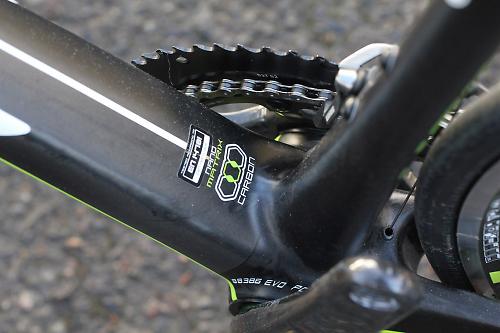
They've built the Scultura SL Team's bottom bracket shell to BB386EVO standard too so that's another super-chunky area – although they've used a converter bottom bracket and a SRAM GXP chainset in there.
That's all very well in theory, but what does it all mean when you get out on the road? Well, here's the thing: it works. The front end of the Scultura SL Team, in particular, is very, very stiff. I can't think of a bike I've ever ridden with more rigidity up front.
That's apparent when you sling the bike through the turns as fast as your mettle will allow. You're used to bike reviews describing bike steering as 'precise' and 'accurate'; the Merida is absolutely spot on every time. I really couldn't fault it in this respect; it's outstanding.
I wouldn't say the bottom bracket stiffness is quite at the same level – I've ridden bikes with a greater degree of rigidity through the middle – but it's still right up there and very impressive. Combined with that low weight I mentioned before, it means you get an excellent response when you want to jump away from other riders or get on the wheel of someone else who is trying their luck.
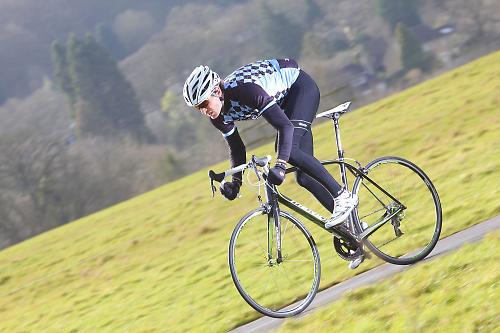
The Scultura SL Team is an equally accomplished climber. It gobbles up the slopes. I've really enjoyed tackling the hills on this bike; it boosts your ego, apart from anything else, as you scale steep gradients.
Another factor that Merida like to talk is the Scultura SL Team's comfort. As you can see, they make the seatstays ultra skinny, and they're flattened to encourage vertical flex. Lots of other brands do something similar. Merida's USP is that, 'The rear stays and forks have a special carbon mat structure with a central layer of vibration damping bio flax fibres.'
The idea is that the flax fibres within the carbon structure reduce high-frequency vibration. Now, whether it's the flax fibres at work I couldn't tell you, but I can tell you for sure that this is a comfortable bike, especially by performance road bike standards where comfort can sometimes get lost in the mix.
I know, I know, I'm in danger of saying 'laterally stiff, vertically compliant' here, but there's not a lot of shuddering and juddering coming up through the saddle. The slim 27.2mm carbon seatpost doubtless helps. The same is true at the front end; it feels pretty smooth. True.

Comfort isn't just good to have in that it feels nicer – which, in itself, is certainly valid – there's a growing realisation among bike brands that it reduces fatigue and allows you to perform better. It's harder to summon up the energy for a big climb or a sprint if you've just spent the last few hours getting beaten up by a malicious bike. Do a big ride on the Merida and any discomfort comes from your working muscles rather than from getting shaken to bits.
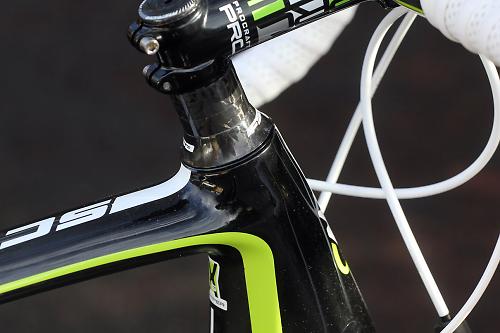
All that comfort talk assumes, of course, that you're happy with the geometry. Our 56cm test bike comes with a 575mm top tube and an 18cm head tube. You get a reach of 396mm and a stack height of 584mm, if you work in those terms. That gave me a good, efficient ride position without being ridiculously stretched out. Merida offer six different sizes from 47cm up to 59cm.

The Scultura SL Team comes with a SRAM Red groupset and DT Swiss RR1450 Tricon wheels. I won't go on about SRAM Red because we've covered it so often in the past /content/news/51891-sram-launch-new-red-groupset-video. You'll probably know already whether you like SRAM's Double Tap design more than the equivalent Shimano or Campag systems – and the shifting action is probably the single biggest difference that's likely to influence your preference. You get universal cable routing too, suitable for both mechanical and electronic shifting, so you could swap to Di2 later on if you want to and still have some cash burning a hole in your pocket.

We've reviewed the RR1450 Tricon wheels separately in the past. Trev concluded that they're a 'Light, durable, stiff, great handling wheelset'. I agree. I've been using them for ages in all conditions on another bike without any issues at all.
One other component that's worth a quick mention is the seatpost. I said earlier that it's 27.2mm in diameter – which quite a lot of brands are reverting to in order to provide more comfort. The other notable feature is that it's a Monolink design that requires a compatible saddle with just a single rail down the middle.

The idea is that it is stronger than a traditional design with increased fore and aft adjustment. It's certainly really easy to set up and in use you probably won't notice any difference, although you are limited in the number of saddle options available to you in you don't get on with the Selle Italia SLR fitted.

If you can't run to £6,000 – and, let's be honest, not many of us can – there are several other Scultura bikes in the range that share various features with the SL Team. The Scultura Comp 905, for example, is a full-carbon monocoque with the same Flex Stay design, although it doesn't have the Bio Fibres sandwiched in there. Admittedly, it's still £2,000, but you get a Shimano's second tier Ultegra groupset and Fulcrum Racing Comp wheels.
Or there's the £1,500 Scultura Comp 904 that we reviewed last year. The cheapest Scultura bike is the £1,350 Comp 903 that's built up with a Shimano Tiagra groupset and Shimano R500 wheels. Check Out the Merida website http://www.merida-bikes.com/en_gb for other options.
Verdict
Team Lampre's new ride is lightweight and stiff – of course – but highly comfortable with it. Outstanding performance
road.cc test report
Make and model: Merida Scultura SL Team
Size tested: 56cm
About the bike
State the frame and fork material and method of construction. List the components used to build up the bike.
Frame Scultura Superlite made with super high modulus carbon fibres and bio fibre damping and flex stay
Fork Full carbon tapered fork with double chamber blades and bio fibre damping
Derailleurs Sram Red
Shifters Sram Red
Brakes Sram Red carbon
Chainset Sram Red 53-39 GXP
Bottom bracket FSA BB30 to GXP
Chain Sram PC-1091
Wheels DT Swiss RR1450 Tricon
Cassette Sram OG1090 11-28
Tyres Vittoria Diamante Pro Radial 22 220 KV
Handlebar FSA K-Force Ergo OS
Stem PRC Team OS -7
Headset NO.55-CF pro
Seatpost PRC Monolink carbon superlite 27.2
Saddle Selle Italia SLR Monolink
Tell us what the bike is for, and who it's aimed at. What do the manufacturers say about it? How does that compare to your own feelings about the bike?
Merida say, "All new superlight monocoque frame with premium high modulus carbon fibres, weighing in at just 830g for a 54cm frame. The super low weight is just part of the story, the oversized BB, down tube with reinforcing rib and oversized head tube housing a full carbon tapered 330g fork give stiffness data that ranks with the best in the world.
"However, the secret ingredient is comfort, the key to long hours in a pro-peleton. The rear stays and forks have a special carbon mat structure with a central layer of vibration damping bio flax fibres."
I'd agree with all that. There are lighter bikes out there, stiffer bikes out there, and bikes that are more comfortable, but it's in putting all those three things together in one package that the Merida really scores.
Frame and fork
Overall rating for frame and fork
9/10
Tell us about the build quality and finish of the frame and fork?
Very high.
Tell us about the materials used in the frame and fork?
It's a high modulus carbon fibre monocoque frame and full carbon fork
Tell us about the geometry of the frame and fork?
I've mentioned this in the text quite a bit. One other feature that's worth noting is that the chainstays are very short at just 40cm, adding to the agile and nimble feel.
How was the bike in terms of height and reach? How did it compare to other bikes of the same stated size?
Again, check out the body copy. It's a low and efficient ride position, but not ridiculously stretched out.
Riding the bike
Was the bike comfortable to ride? Tell us how you felt about the ride quality.
Very much so - that's one of the key characteristics.
Did the bike feel stiff in the right places? Did any part of the bike feel too stiff or too flexible?
It's particularly stiff up front for precision handling. It's not as stiff through the central section, but it's not far off.
How did the bike transfer power? Did it feel efficient?
Yeah, very efficient, no doubt about that.
Was there any toe-clip overlap with the front wheel? If so, was it a problem?
Tiny amount - not a problem.
Tell us some more about the handling. How did the bike feel overall? Did it do particular things well or badly?
It's an agile bike - easy to throw around and alter your line when you want to.
Which components had the most effect (good or bad) on the bike's comfort? would you recommend any changes?
I got on really well with the Selle Italia SLR saddle. There aren't all that many Monolink saddles out there if you don't like this one. If you really wanted to run your favourite Fizik Arione, say, you'd have to swap the seatpost too.
Rate the bike for efficiency of power transfer:
9/10
Rate the bike for acceleration:
9/10
Rate the bike for sprinting:
9/10
Rate the bike for high speed stability:
8/10
Rate the bike for cruising speed stability:
8/10
Rate the bike for low speed stability:
8/10
Rate the bike for flat cornering:
9/10
Rate the bike for cornering on descents:
9/10
Rate the bike for climbing:
9/10
The drivetrain
Rate the drivetrain for performance:
9/10
Rate the drivetrain for durability:
7/10
Rate the drivetrain for weight:
9/10
Rate the drivetrain for value:
7/10
Wheels and tyres
Rate the wheels and tyres for performance:
9/10
Rate the wheels and tyres for durability:
9/10
Rate the wheels and tyres for weight:
9/10
Rate the wheels and tyres for comfort:
8/10
Rate the wheels and tyres for value:
7/10
Controls
Rate the controls for performance:
9/10
Rate the controls for durability:
7/10
Rate the controls for weight:
9/10
Rate the controls for comfort:
9/10
Tell us some more about the controls. Any particularly good or bad components? How would the controls work for larger or smaller riders?
It's a SRAM Red groupset across the board.
Your summary
Did you enjoy riding the bike? Yes, enjoyed it a lot.
Would you consider buying the bike? It's expensive, but that's the way with these pro-level bikes!
Would you recommend the bike to a friend? Yep
Rate the bike overall for performance:
9/10
Rate the bike overall for value:
7/10
Anything further to say about the bike in conclusion?
Merida have come out with an absolute peach here. It's an outstanding bike and, as we always have to say on these occasions, at this price it should be.
About the tester
Age: 41 Height: 190cm Weight: 75kg
I usually ride: My best bike is:
I've been riding for: Over 20 years I ride: Most days I would class myself as: Expert
I regularly do the following types of riding: time trialling, commuting, club rides, sportives, general fitness riding,
Mat has been in cycling media since 1996, on titles including BikeRadar, Total Bike, Total Mountain Bike, What Mountain Bike and Mountain Biking UK, and he has been editor of 220 Triathlon and Cycling Plus. Mat has been road.cc technical editor for over a decade, testing bikes, fettling the latest kit, and trying out the most up-to-the-minute clothing. We send him off around the world to get all the news from launches and shows too. He has won his category in Ironman UK 70.3 and finished on the podium in both marathons he has run. Mat is a Cambridge graduate who did a post-grad in magazine journalism, and he is a winner of the Cycling Media Award for Specialist Online Writer. Now over 50, he's riding road and gravel bikes most days for fun and fitness rather than training for competitions.
Latest Comments
- ktache 3 hours 28 min ago
The small frame, the aggressive posture, lots of standover height.
- mctrials23 4 hours 24 min ago
As i've said before, the police should be sued for a lot of money when someone they have knowingly ignored has gone on to commit a serious crime....
- David9694 4 hours 31 min ago
'Bad parking' blocks firefighters multiple times on same emergency call-out...
- David9694 4 hours 35 min ago
Cambridgeshire boy, 13, crashes Audi into garden wall after taking it from home...
- Adam Sutton 5 hours 21 min ago
Good stuff. Now do it on cycleway C9 through Hammersmith to Chiswick.
- mark1a 5 hours 30 min ago
It's technically allowed but it's not known as "London's Orbital Car Park" for nothing.
- Dogless 6 hours 38 min ago
You're defending bombing hospitals and refugee camps and starving children.
- mattw 9 hours 18 min ago
Used car salesman is a complete attention-seeking plank....
- tubasti 9 hours 35 min ago
I don't know if they're any better, but they's certainly become more boring.
- FionaJJ 10 hours 1 min ago
At risk of being cynical, and stereotyping the police, it's so they don't have to leave the comfort of their panda cars and pursue on foot when...
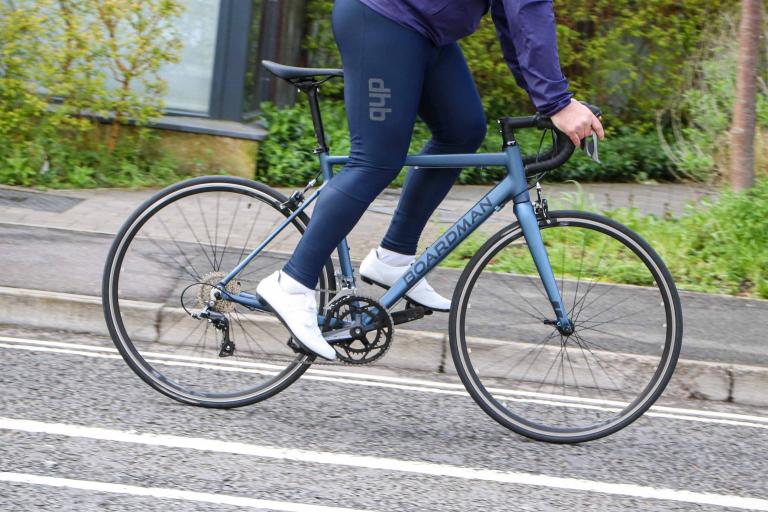
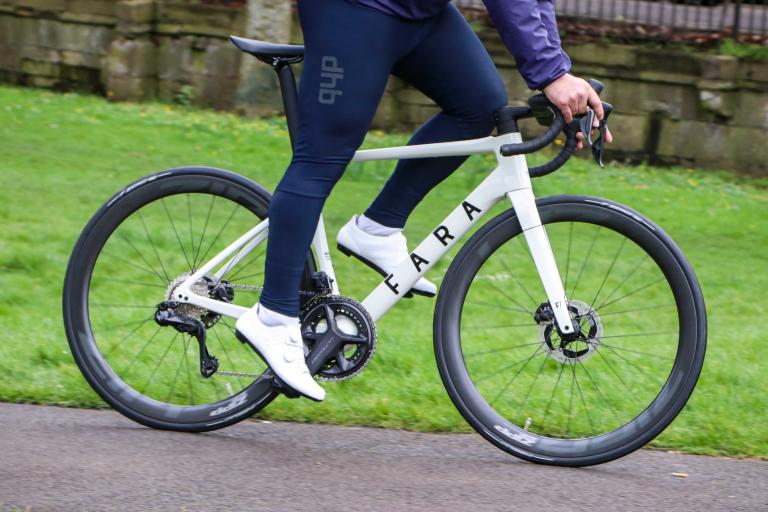
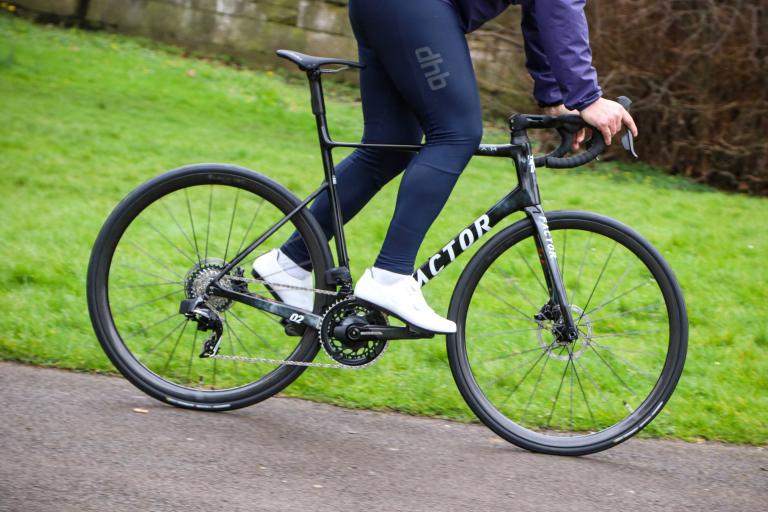
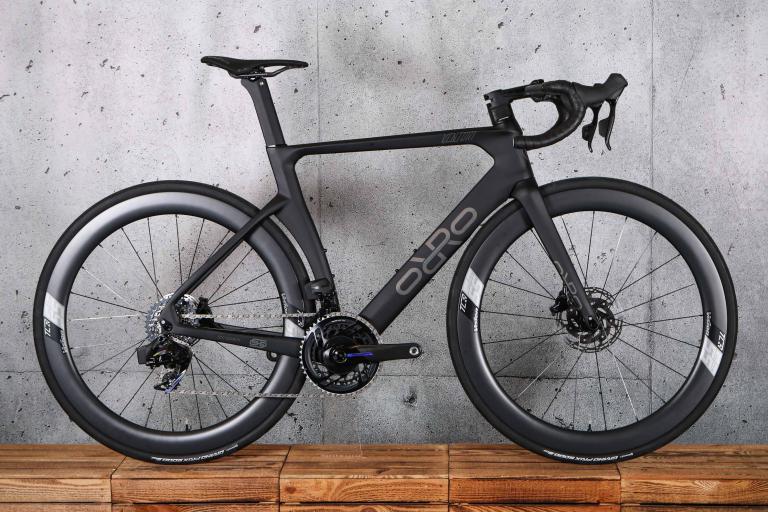
Add new comment
7 comments